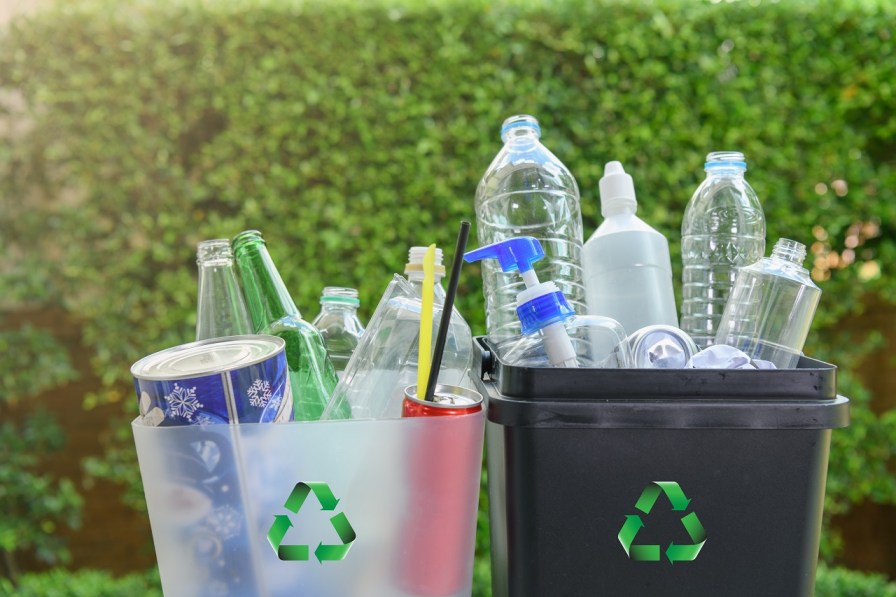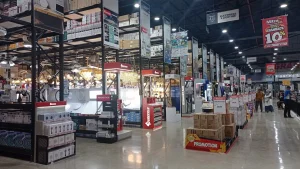In today’s environmentally conscious world, plastic recycling has become an indispensable aspect of sustainable waste management practices. As the demand for recycled plastics continues to rise, the efficiency of recycling machines and extrusion processes plays a crucial role in meeting this demand while minimizing operational costs and environmental impact. This comprehensive guide delves into various strategies and techniques aimed at optimizing the performance of plastic recycling machines, with a particular focus on extrusion processes.
Understanding Plastic Extrusion Machines
Before delving into efficiency optimization, it is essential to understand the core components and functionality of plastic extrusion machines. These machines are designed to melt and homogenize plastic materials, such as post-consumer or post-industrial waste, and extrude them into continuous profiles or pellets for further processing.
The primary components of a plastic extrusion machine include:
- Extruder: The heart of the machine, responsible for melting, mixing, and pumping the plastic material through a die.
- Hopper: The loading point where plastic waste or pellets are fed into the machine.
- Barrel: The cylindrical chamber where the plastic material is heated, melted, and mixed.
- Screw: A rotating shaft that conveys the plastic material through the barrel, creating friction and pressure to melt and homogenize the material.
- Die: The final component through which the molten plastic is extruded, determining the shape and dimensions of the extruded product.
Plastic extrusion machines can vary in size, capacity, and configuration, depending on the specific application and the type of plastic being processed.
Optimizing Material Preparation
Efficient material preparation is the foundation for maximizing the performance of plastic recycling machine and extrusion processes. Proper sorting, cleaning, and preconditioning of plastic waste can significantly improve the quality of the feedstock, reducing downtime and minimizing maintenance requirements.
- Sorting and Separation: Implementing robust sorting and separation techniques is crucial for ensuring a homogeneous feedstock. Advanced technologies, such as near-infrared (NIR) spectroscopy and X-ray fluorescence (XRF), can be employed to accurately identify and separate different types of plastics, enabling efficient processing and minimizing contamination.
- Cleaning and Decontamination: Thorough cleaning and decontamination processes are essential for removing impurities, such as labels, adhesives, and residual contaminants, from the plastic waste. Various cleaning methods, including mechanical agitation, chemical treatment, and advanced techniques like ultrasonic cleaning, can be employed to ensure a high-quality feedstock for the extrusion process.
- Preconditioning: Depending on the type of plastic and the desired end product, preconditioning techniques like drying, grinding, or pelletizing may be necessary. Proper preconditioning can improve material flow, reduce moisture content, and ensure consistent particle size, all of which contribute to efficient extrusion and better product quality.
Optimizing Extrusion Parameters
Once the material has been properly prepared, optimizing the extrusion parameters is crucial for achieving maximum efficiency and productivity. These parameters include temperature settings, screw speed, and pressure levels, among others.
- Temperature Control: Maintaining optimal temperature profiles throughout the barrel and die is essential for achieving consistent melt quality and minimizing degradation. Advanced temperature control systems, coupled with efficient heating and cooling mechanisms, can help achieve precise temperature regulation, reducing energy consumption and improving product quality.
- Screw Speed and Pressure: The screw speed and pressure settings directly impact the throughput rate and the degree of shear experienced by the molten plastic. Finding the optimal balance between these parameters can improve output rates while maintaining product quality and minimizing energy consumption.
- Die Design and Maintenance: The design and condition of the die play a crucial role in the extrusion process. Optimal die design can ensure uniform flow, reduce pressure requirements, and minimize defects in the extruded product. Regular maintenance and cleaning of the die are also essential to prevent buildup and blockages, which can compromise efficiency and product quality.
- Monitoring and Automation: Implementing advanced monitoring and automation systems can help maintain precise control over the extrusion process. Real-time monitoring of parameters such as temperature, pressure, and material flow rates can enable timely adjustments and interventions, minimizing downtime and maximizing efficiency.
Optimizing Energy Efficiency
Plastic extrusion machine are energy-intensive systems, and optimizing energy efficiency can significantly reduce operational costs while minimizing environmental impact. Several strategies can be employed to improve energy efficiency:
- Heat Recovery and Utilization: Implementing heat recovery systems can capture and reuse the waste heat generated during the extrusion process. This recovered heat can be utilized for preheating the feedstock, reducing the energy required for melting and contributing to overall energy savings.
- Energy-Efficient Motors and Drives: Upgrading to energy-efficient motors and variable frequency drives (VFDs) can significantly reduce energy consumption associated with the operation of the extruder, screw, and other auxiliary components.
- Insulation and Thermal Management: Proper insulation of the barrel and die can minimize heat losses, reducing the energy required to maintain optimal temperature profiles. Additionally, efficient thermal management systems can help regulate temperatures more effectively, further contributing to energy savings.
- Energy Monitoring and Optimization: Implementing comprehensive energy monitoring and optimization systems can provide valuable insights into energy consumption patterns, enabling targeted interventions and process optimizations to reduce energy usage.
Maintenance and Preventive Measures
Regular maintenance and preventive measures are crucial for ensuring the longevity and optimal performance of plastic recycling machines and extrusion processes. Implementing a comprehensive maintenance program can help minimize downtime, reduce operational costs, and improve overall efficiency.
- Scheduled Maintenance: Developing and adhering to a scheduled maintenance program is essential for ensuring the proper functioning of all components. Regular inspections, cleaning, and replacement of worn-out parts can prevent breakdowns and extend the lifespan of the machinery.
- Predictive Maintenance: Adopting predictive maintenance techniques, such as vibration analysis, thermal imaging, and condition monitoring, can help identify potential issues before they escalate into major failures. Early detection and intervention can minimize unplanned downtime and reduce maintenance costs.
- Training and Operator Competency: Investing in comprehensive training programs for operators and maintenance personnel can ensure that the machinery is operated and maintained correctly. Well-trained staff can identify potential issues early, perform routine maintenance tasks effectively, and contribute to overall process optimization.
- Quality Control and Monitoring: Implementing robust quality control and monitoring systems can help identify defects or deviations from desired specifications early in the process. This allows for timely adjustments and interventions, minimizing waste and ensuring consistent product quality.
Continuous Improvement and Innovation
In the dynamic field of plastic recycling and extrusion, continuous improvement and innovation are essential for staying ahead of the curve. Regularly evaluating and adopting new technologies, processes, and best practices can help maximize efficiency and remain competitive in the ever-evolving market.
- Process Optimization and Lean Manufacturing: Adopting lean manufacturing principles and continuously optimizing processes can help identify and eliminate waste, streamline operations, and improve overall efficiency. Regular value stream mapping, process analysis, and implementation of continuous improvement methodologies can drive significant gains in productivity and cost savings.
- Advanced Monitoring and Control Systems: Investing in advanced monitoring and control systems, such as industrial Internet of Things (IIoT) solutions and machine learning algorithms, can provide real-time insights and enable predictive maintenance, optimized process control, and data-driven decision-making.
- Collaboration and Knowledge Sharing: Fostering collaboration and knowledge sharing within the industry can facilitate the exchange of best practices, innovations, and lessons learned. Participating in industry associations, conferences, and networking events can provide valuable insights and opportunities for continuous improvement.
- Research and Development: Encouraging and supporting research and development initiatives can drive innovation in materials, processes, and technologies. Collaborating with academic institutions, research organizations, and industry partners can lead to breakthroughs in areas such as material properties, energy efficiency, and sustainable practices.
Conclusion
Optimizing the efficiency of plastic recycling machines and extrusion processes is a multifaceted endeavor that requires a holistic approach. By implementing strategies such as proper material preparation, optimizing extrusion parameters, improving energy efficiency, maintaining equipment, and continuously innovating, businesses can achieve significant gains in productivity, cost savings, and environmental sustainability.
Embracing a culture of continuous improvement and leveraging the latest technologies and best practices are essential for staying ahead in the dynamic and ever-evolving world of plastic recycling. By maximizing efficiency, companies can not only contribute to a circular economy but also strengthen their competitive advantage and long-term profitability.


















